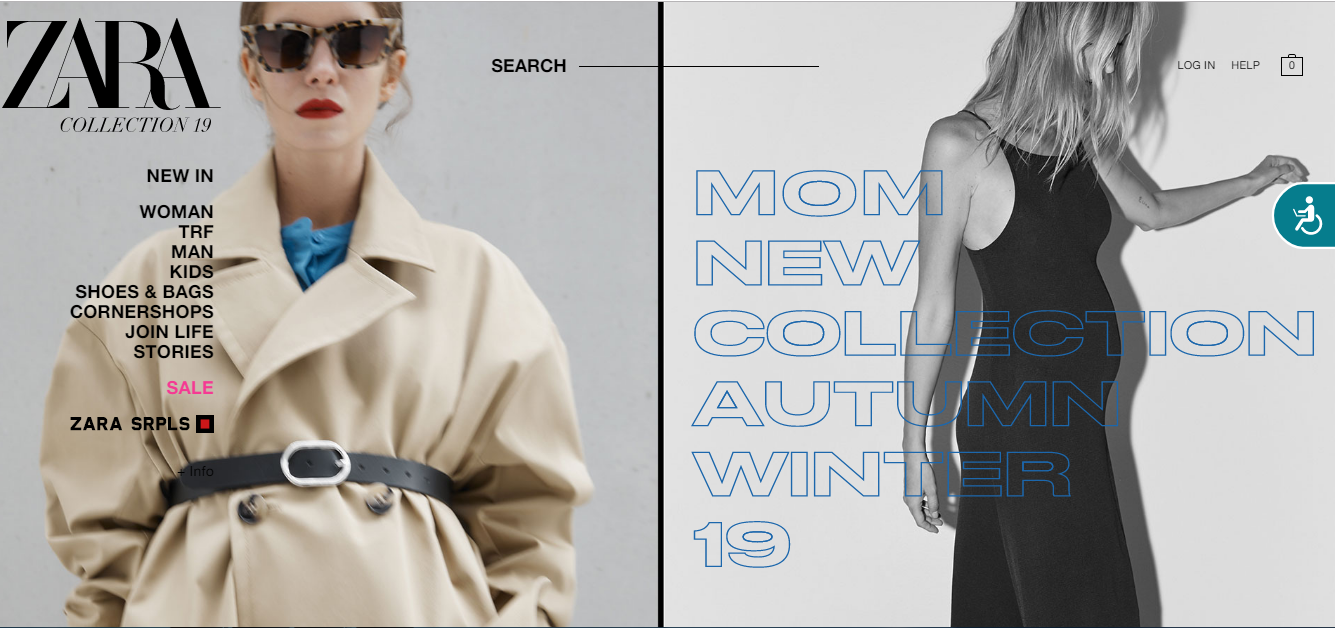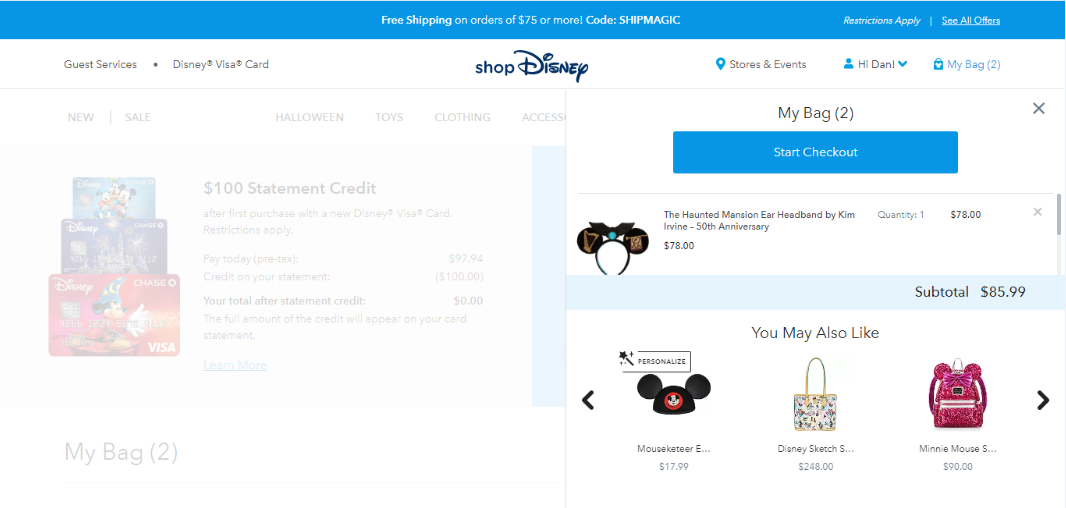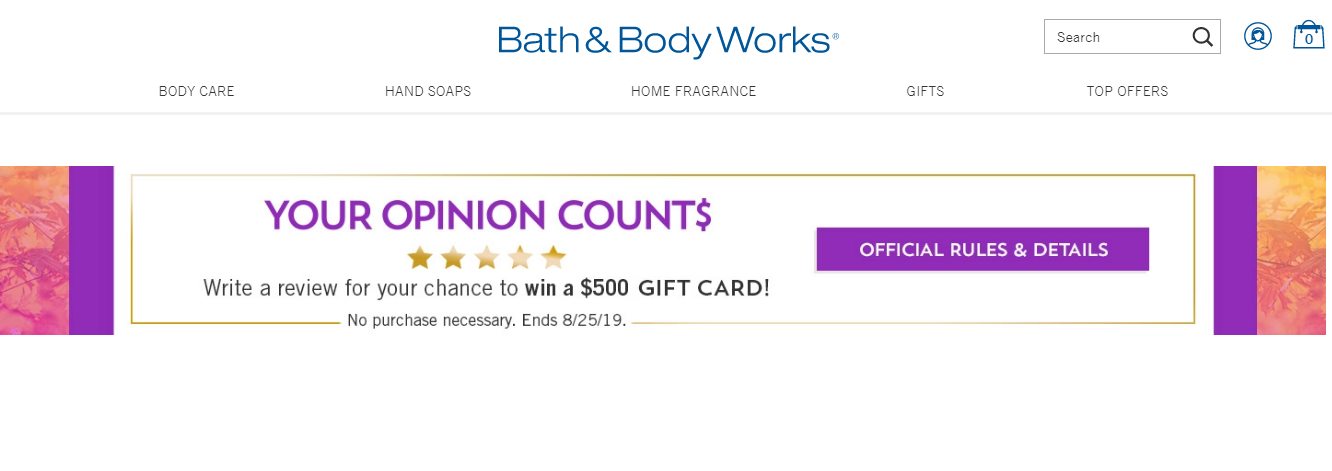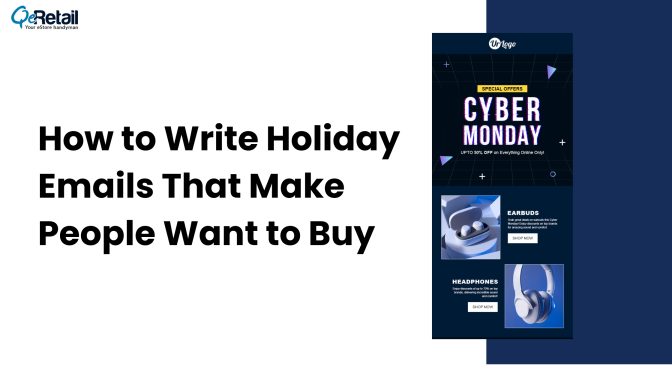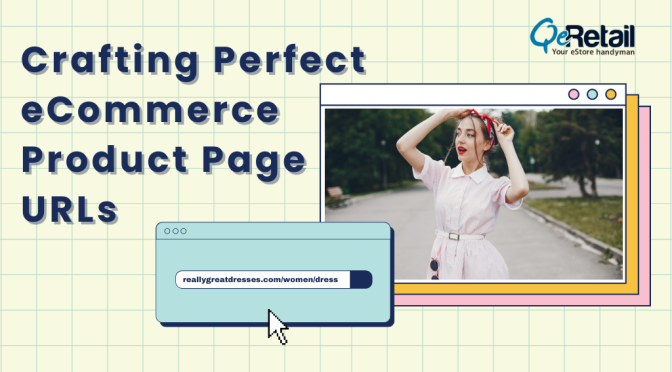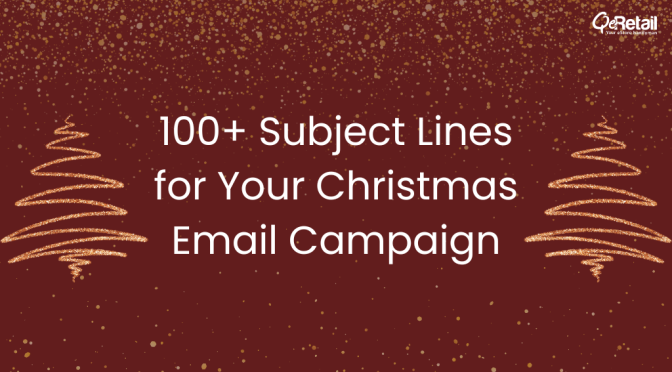Exclusivity is something that every consumer will love and hold on to! When it comes to online shopping, the moment you stop making your consumers feel special, they’ll turn to someone who would! The competition has penetrated to rock-bottom and eCommerce Personalization is the answer! If you’re new to eCommerce Personalization and looking for a considerate guide for your eStore, you’re at the right place.
Table of Contents
What is eCommerce Personalization?
eCommerce personalization is a mechanism of displaying dynamic content, products, offers, and recommendations for your website users based on their demographics, shopping history, browsing behavior, and their journey on the website. This practice provides each buyer with an individualized feed, personalized according to their choices and experience.
A great example of personalization is found on Amazon.com. When you search for a product on their site once, the next time, you visit Amazon, your home page is flooded with products that are similar to your last search. They even recommend products for various categories you may have browsed.
Why Implement eCommerce Personalization?
A study by Accenture shows that 91% of consumers are more likely to buy from brands who remember them and provide relevant offers. Further, 83% of them are also willing to share their data in exchange for a personalized experience.
Modern-day shoppers are impatient due to the various options available on the web. If they do not get what they are looking for what they need on your site, they will immediately move on to the next vendor. You can address these concerns correctly through onsite personalization since you can deliver what every shopper wants without forcing them to do a lot of searching.
Benefits of Personalization in eCommerce
1) Increase In Conversions
Today, customers have a very short attention span which lasts only a few minutes. If you can grab their attention with particular content which is customized just for them and doesn’t distract them from their purpose to explore your website, you can persuade them to purchase from your store.
2) Enhanced Customer Experience
If customers get to see what they want in the first few minutes of their search, their experience with the website is bound to be positive. Irrelevant content like advertisements, banners, and links to products which are not related to the initial search, frustrate the customer and they are prompted to abandon your website and look for the product elsewhere.
3) Consumer Engagement
If you work on personalization, your engagement automatically improves. This is because your target users engage more with the website if they relate to the displayed content. They are prompted to add the products to their cart, wishlist, or even purchase them if the product matches their expectation. Moreover, they take the initiative of exploring other products to see what best suits them. For example, if you show user products that complement the product he is currently viewing, he will explore those too and might even buy them.
4) Consumer Retention
If your customer engages with the website, spends time on it, and goes on to purchase a product or two, you can comfortably say that they will return to your site for buying other products. A study by Target and Forrester Consulting pointed out that 84% of marketers believed that personalization positively impacted customer retention and loyalty.
Types of eCommerce Personalization Strategies with Examples
Pop-up Menus
Pop-ups are a highlighting factor whenever a visitor is glancing at your eStore. The time when they arrive, or at the time of their leaving the page, pop-ups grab the attention and visitors are most likely to take an action. A Personalized message for subscription, special discount or simply creating an account can gain you engagement.
Example – Below is the BOSE’s pop-up menu for the new or first-time users. They encourage a sign-up and newsletter subscription.

Personalized Search Results
Based on the cookies that the eCommerce stores store, the entire customer journey is traced with various parameters. The type of products the customer is searching for and viewing, the features they’re looking for, and the time they’re spending before making the purchase decision are few of the examples of how the journey is analyzed. With the help of these data, when the next time the same user visits the websites, eCommerce personalization can work like a charm by recommending products and services of their potential interest.
Complementary Items
eCommerce run around discount attractions and deal tactics and everybody love free stuff! When customers are searching for any particular category or product, make sure you highlight the ‘Free’ offering the most. ‘Free Shipping’ is considered to be the most saleable feature on any eStore. More than anything, people hate paying for shipping. Another example here can be a free provision of secure delivery or goods insurance. Moreover, if a limited time freebie is there, make sure you promote it to the fullest. Those are the most attention-grabbing elements. The smallest of free offerings can make big differences.
Category Specific Discounts
Festive collections, special discounted items, EOSS (End of Season Sale) and more fall under category-specific discounts. Creating separate landing pages for such categories offer ease of purchase, and can yield more buys. This kind of personalization can attract a larger pool of buyers who want to buy from those lists or are searching for those seasonal offers.
Example – ZARA, in the below image shows special category clothing where they’ve put Autumn collection for expecting moms.
Product Recommendations at the Checkout Page
While the customer is at his/her final destination of making the payment, keep them engaged with offering relevant recommendations. This is an opportunity for the eCommerce stores to cross-sell and up-sell the rest of the product line. Many a time, such recommendations result in a larger purchase order. people are most likely to at least browse the items they’re buying, thus recommending them up and around gives a personalized experience.
Example – The below image is of Disney’s checkout page. Here, product recommendations from a similar line can attract buyers.
Reviews and Testimonials
User-Generated Content (UGC) makes the loudest noise!
People trust reviews by earlier buyers more than anything. Encourage buyers to rate and review the items they’ve purchased or simply their experience of visiting the website. Credible eCommerce stores always provide ratings from the buyers and that works well for them. If you’re offering any special treatment, per se a discount or gift cards or points to rate, highlight them the most. Such temptations can work like a charm.
Example – Bath & Body Works knows how to fetch ratings and reviews by giving a chance of winning a gift card.
Behavioral Emails
A step ahead in this eCommerce personalization drift would be sending behavioral emails to the visitors according to their journey on your eStore. You can always track their clicks, time spent on a particular page, reviewed and searched products et Cetara. You can create segments for similar search historian visitors and email them with targeted product offerings. Many email automation tools support such segmentation and timely email blasts to those targets. make the most out of it by giving these emails a personal touch and convert the prospects into buyers.
How These Strategies Can Be Implemented For Your eCommerce Website
1) Customize emails & communications
When a user signs up on your website, they offer many personal details like their name, email address, address, etc. Make sure you study these demographics properly to send them personalized emails with their name, recommendations, etc.
2) Analyze buyer journey
Make use of eCommerce analytics tools to analyze the buyer journey, study customer intent, and track the purchases made by your buyers. Send them emails for re-targeting, utilize this data to run campaigns, and most importantly, show relevant content, CTAs, product recommendations, discounts, etc. to these segments.
3) Segment users appropriately
Once you have enough data, segment these users based on their interests, shopping trends, etc. to make sure none of your personalization efforts go waste. Segmentation will help you add more value to your emails and send the right content to the right individuals.
How to Measure the Success of Personalization on Your Website?
There are many ways through which you can judge the success of your website’s personalization. Your end goal is to increase conversions and tracking the following parameters can also help you get an idea of how your efforts are performing. These values can be traced to any tool that you may use for eCommerce analytics.
1) Average Page Views
It is defined as the total number of page views divided by the total number of visits during the same time frame.
Average Page Views per Visit = Page Views /Number of Visits
2) Add-to-Cart Rate
This metric shows the percentage of viewed products, that were also added to the shopping cart within the same visit.
Add-to-Cart Rate = Qty of Product Added to Cart(%) / Qty of Product Views * 100
3) Cart Abandonment Rate
This tells you about the items that are added to the shopping cart but not purchased. It is calculated by dividing the total number of completed purchases by the number of shopping carts created.
Cart Abandonment Rate = 1 – [ (#) Completed purchases / (#) Shopping carts created ] x 100
4) Revenue Per Visitor
Revenue per Visitor (RPV) depicts the amount of money generated every time a customer visits your website.
It is calculated by dividing the total revenue by the total number of visitors to your site and is a method of estimating the value of each additional visitor.
Revenue Per Visitor = Total revenue / Total number of visitors to your site
5) Average Order Value
The average order value is an indication of the amount of money a customer spends in your store on each transaction.
Average Order Value (AOV) =Total revenue earned / Number of orders placed
Endnote
eCommerce Personalization is here to stay. With Artifical Intelligence and Machine Learning capabilities, eCommerce stores are getting smarter every day. Saving cookies and using them to monitor and cater an exclusive, customized experience to each visitor is what we’re capable of due to personalization. Stick to it and make the most out of it to gain the loyalty from your consumers.



